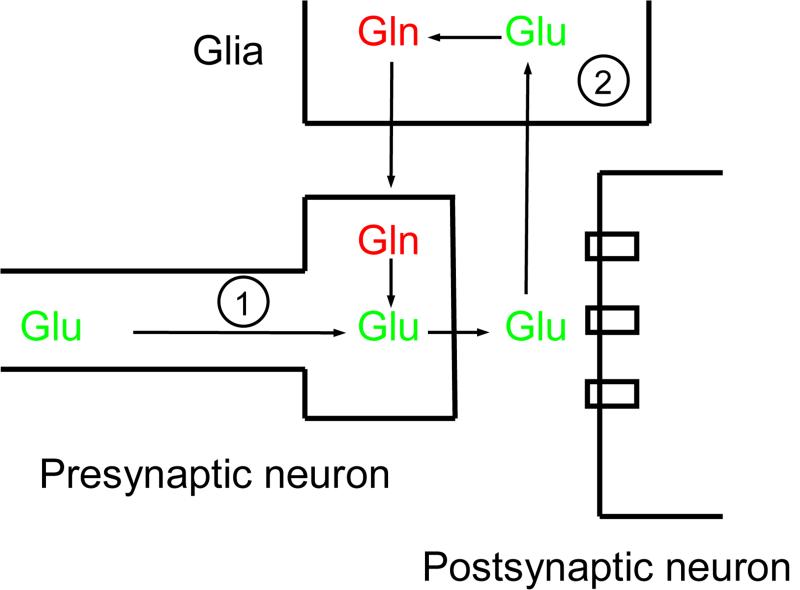Figure 2. The role of glia at the glutamatergic synapse.
Glutamate (Glu) is synthesized in the presynaptic neuron (1) from metabolic sources, and it is released into the synaptic cleft when the action potential arrives in the presynaptic bouton. The action of glutamate on postsynaptic glutamate receptors is terminated by uptake into the glial cell (2), which converts it to glutamine (Glu). Glutamine is then shuttled back to neurons where it is converted back to glutamate. The levels of glutamate in the synapse are thus determined by the balance of interactions between neurons (1) and glial cells (2).

